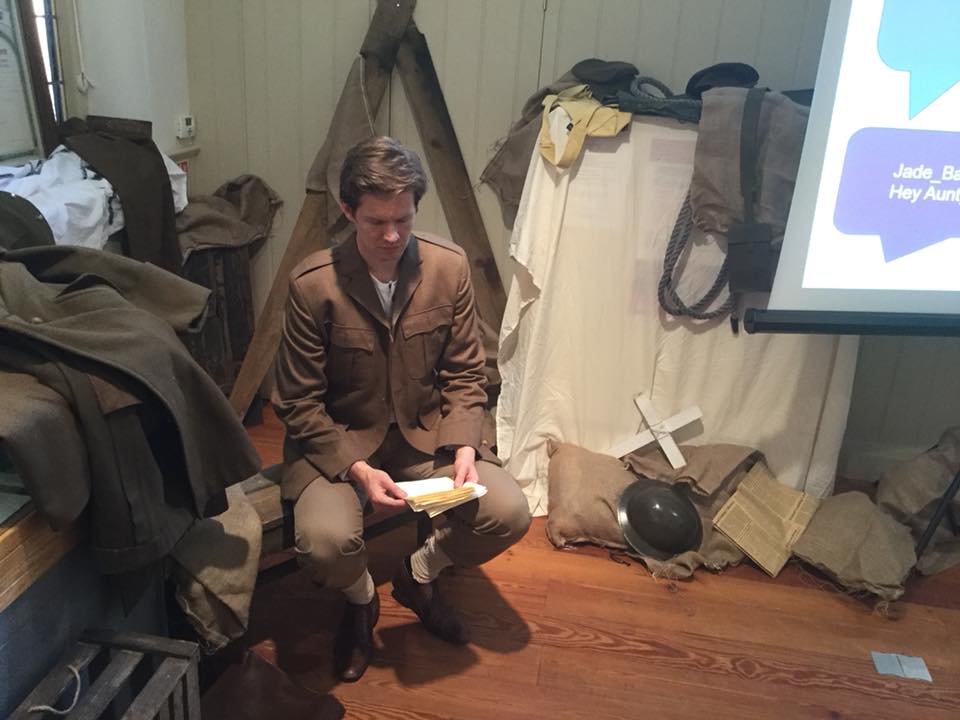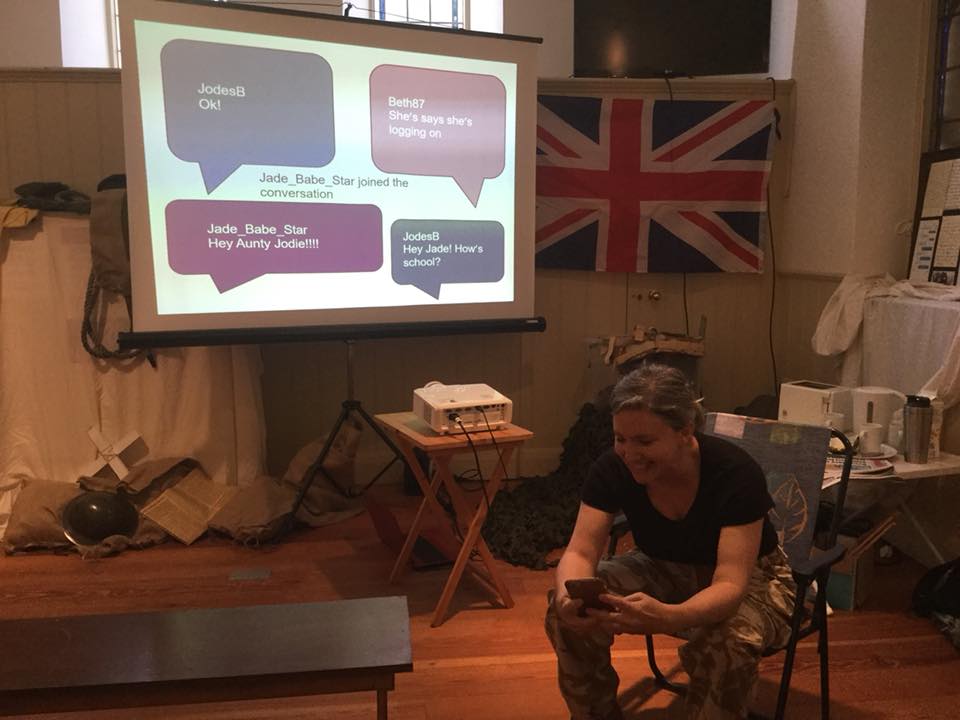PARALLEL LINES
PARALLEL LINES
PARALLEL LINES
In the summer of 2019 Chorus Theatre collaborated with Diseworth Heritage Centre to create a new play called Parallel Lines: A Play About Then and Now. This project was funded by the National Lottery Heritage Fund as part of their programme of work commemorating the anniversary of the First World War.
The aim of this project was to create a performance looking at communication in wartime and how we connect with each other. As part of the project we wanted to engage with local schoolchildren to give them the opportunity to experience and understand the skills and processes of letter writing and communication.
The play was written following a series of creative writing workshops with schoolchildren from two local schools. They were encouraged to write letters to and from soldiers in the First World War and also to use modern communication methods to write to and from soldiers in the 21st Century. The workshops looked at letter writing skills and how letters would have been written during the First World War. We also covered how people communicate today including using the internet, social media, recorded media and telecommunications. Some of the letters and the contemporary communications created by the children were included as integral parts of the play.
The children at Diseworth and Long Whatton Primary Schools created some wonderful work, showing a real understanding of the subject matter and the lives of soldiers. Their work was a terrific starting point for writing the play.
Parallel Lines told the story of two soldiers, Joseph in the First World War and Jodie in the 21st Century, and showed how they communicate with family and friends back home. Parallel Lines was performed by John Savage as Joseph and Shelley Draper as Jodie. The play was written and directed by Andrew McWilliam and produced by Chorus Theatre.
The performances visited a number of rural venues during the short tour and included post-show discussions with audiences at each venue. These discussions included some of the children who contributed to the creation of the play.



